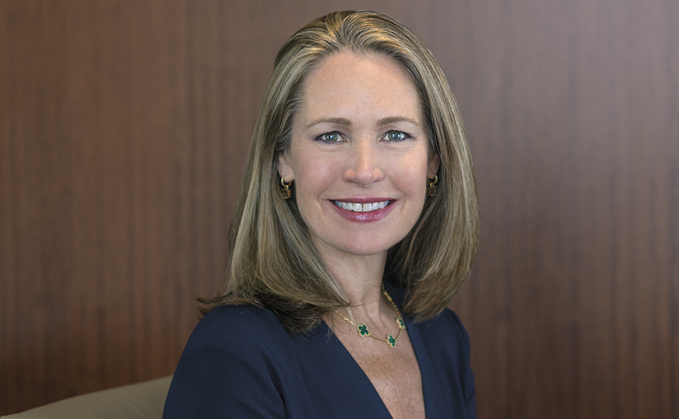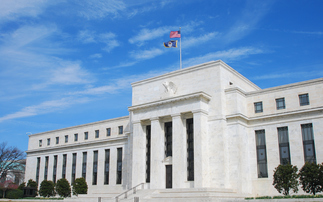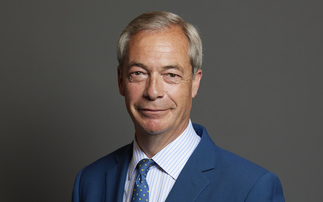
Shannon Ward, portfolio manager at Capital Group
“High-single-digit yields are renewing investor interest in this asset class, even as the spectre of a recession raises some concerns. High yield is finally deserving of its name again.”
That's according to Shannon Ward, a portfolio manager at Capital Group, who believes it makes sense for investors to build selective exposure to high yield at this moment.
"If the actions of the US Federal Reserve (Fed) are not successful in bringing down inflation, or if they push the economy into a longer, deeper recession, then the high-yield market - and credit and risk assets more broadly - could face a bumpy ride. But that negative scenario might be reflected in prices already," she says.
"And furthermore, if the Fed manages a ‘softer landing', high-yield bonds could rally."
US market - stable and healthy
Even with a softer macroeconomic backdrop, Ward says the US high-yield market appears healthier and more stable than it has been in many years. "We have a weaker economic environment but a stronger asset class, and the combination has resulted in yield spreads that are in line with historical averages."
At the beginning of 2022, US high-yield credit spreads were close to all-time lows at around 300 basis points (bps). Yields were just 4.3%. By November, spreads had increased to around 500 bps and yields more than doubled to over 9%.
Fundamentals have also improved, she explains. Many weaker high-yield issuers defaulted during the pandemic; this, and the fact that the companies that have survived are typically much stronger, has helped increase the overall credit quality of the index.
For more on the prospects for high yield, read our exclusive Spotlight guide













